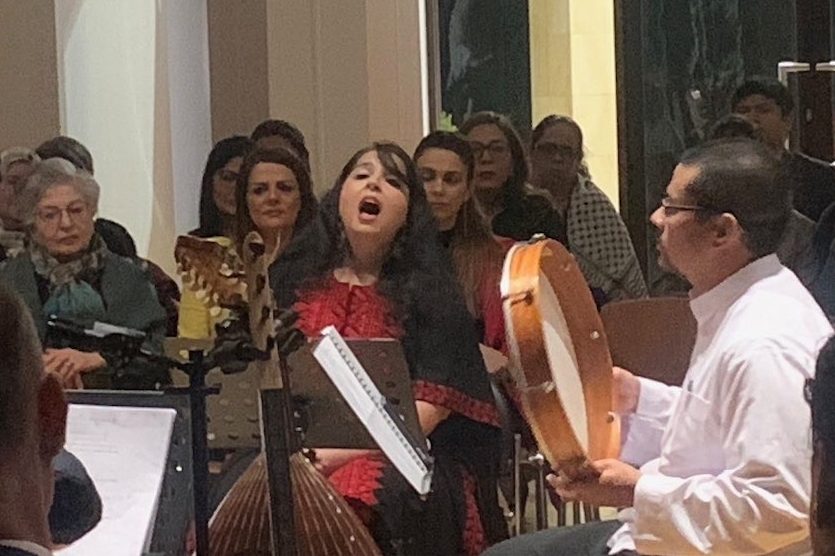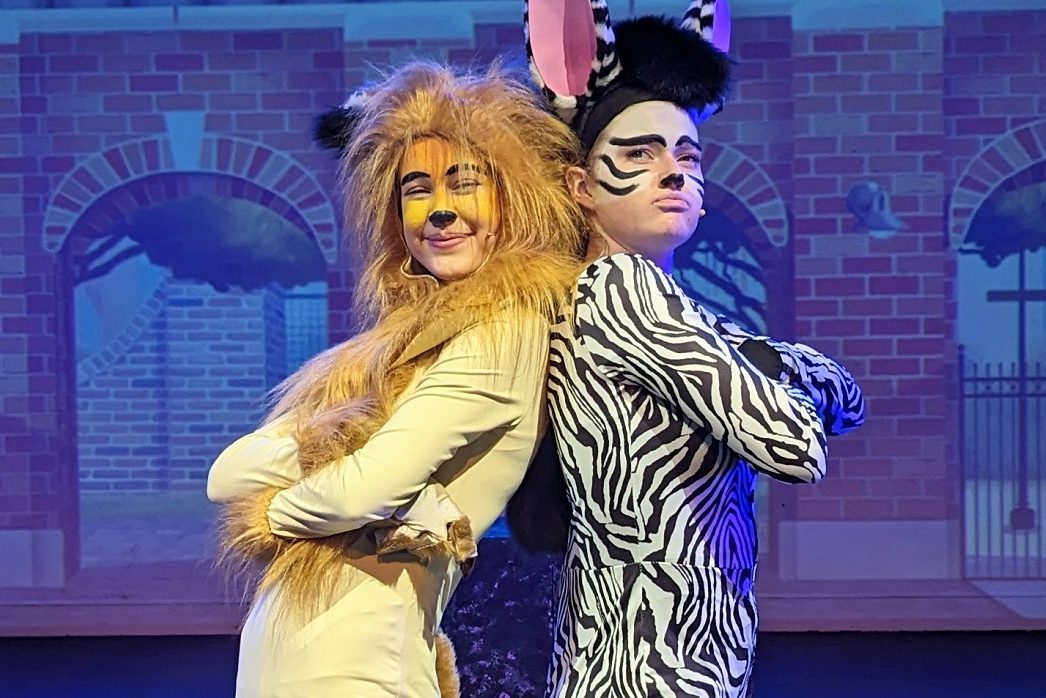
One tree stands out above the horizon. One would look at the photography and see the early morning mist bracing, while the dust is still dry from the heat of the previous day. But the title next to the photograph reveals that this dust would be radioactive – this is the former Emu Field atomic test site.
The works in this exhibition have been touring Australia since 2016 and unveils the sad history of the numerous atomic tests conducted in Australia during the 1950s and 1960s. The exhibition has been curated by JD Mittmann for the Burrinja Cultural Centre and includes work by a wide range of indigenous and non-indigenous artists in fields such as photography, painting, video and new media, printmaking and sculpture. It also includes folded paper cranes made by grade four students from the Ashburton Primary School in Melbourne.

Amongst the most recent works is the back-lit 3D photo of Yami Lester made in 2012 by Belinda Mason. Titled “Maralinga”, it reveals that the black mist that blew across his home from the Emu Field testing site robbed him of his sight. He faces the viewer and I am confronted by the full impact of what was done to him.
The paintings by indigenous artists Yvonne (Tjintjiwara) Edwards, Mima Smart and Terence Edwards depict the removal of indigenous communities from their homelands at the time of the tests.
The nearby painting by Hilda Moodoo and Jeffrey Queama captures the heat and full force of the atomic explosion.
This exhibition is moving and important. In the midst of the clamour of contemporary life, the difficult stories of Australia’s recent history need to be told, and re-told. It shouldn’t only be grade four students who are reflecting on these events.
Who can be trusted?
In a world of spin and confusion, there’s never been a more important time to support independent journalism in Canberra.
If you trust our work online and want to enforce the power of independent voices, I invite you to make a small contribution.
Every dollar of support is invested back into our journalism to help keep citynews.com.au strong and free.
Thank you,
Ian Meikle, editor




Leave a Reply